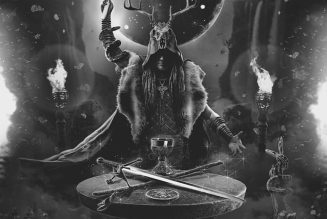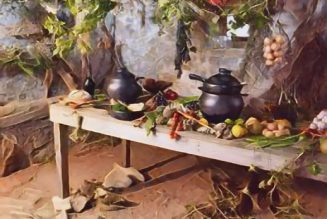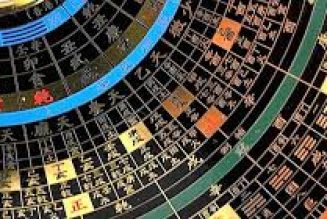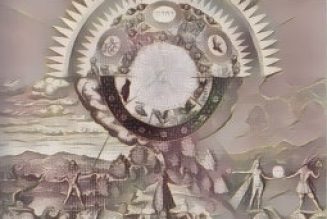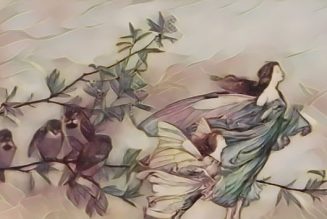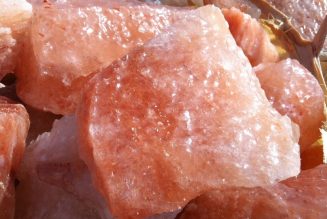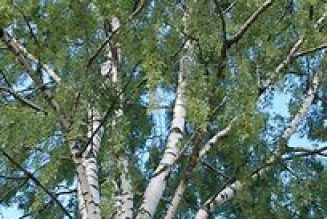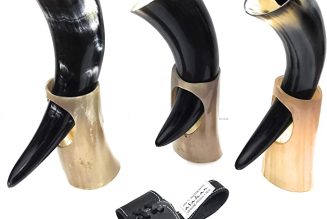In the rich tapestry of Gaelic mythology, the Cailleach emerges as a revered and enigmatic figure. Known as the ‘old woman’ or ‘hag,’ she stands as a divine ancestor, intertwined with the landscapes of Ireland, Scotland, and the Isle of Man, shaping the natural world and wielding control over the elements.
In the realm of Scottish folklore, the Queen of Winter, Beira, holds a place of prominence. Her might is manifested in the creation of mountains, forged by rocks either inadvertently dropped from her creel or intentionally placed as stepping stones. Armed with a mighty hammer, she carves valleys and shapes the rugged terrains, epitomizing the formidable force of nature.
The Cailleach’s domain spans the winter months from Samhainn to Bealltainn, marking the changing of the seasonal guard. This transition of power with Brìghde, ruler of summer, evokes celebrations around Imbolc and Bealltainn, varying in timing based on local traditions and climates. Whether facets of the same goddess or distinct entities, their partnership orchestrates the shifting tides of the seasons.
On Là Fhèill Brìghde, the Cailleach’s actions herald the duration of winter. Her gathering of firewood on a sunny day foretells an extended cold season, while foul weather signifies her slumber and an imminent end to winter’s icy grip. In the Isle of Man, she manifests as Caillagh ny Groamagh, a colossal bird bearing sticks, a sight associated with her wintry duties.
Legends intertwine her reign’s conclusion with the longest night, where she drinks from the Well of Youth, bestowing upon herself a gradual, rejuvenating transformation.
In Ireland, the Cailleach’s presence is tied to craggy mountains, such as the iconic Hag’s Head in County Clare. Meanwhile, in Scotland’s Perthshire lies Gleann Cailliche, home to Tigh nan Cailleach/Tigh nam Bodach. This sacred site harbors heavy, water-worn stones that legend links to the Cailleach, her husband-Bodach (also an ancient deity, today is commonly depicted as a bogeyman that kidnaps children), and their progeny. Local rituals involving these stones persist, performed during specific times to safeguard fertility and prosperity within the land, echoing a longstanding connection to ancient traditions.















